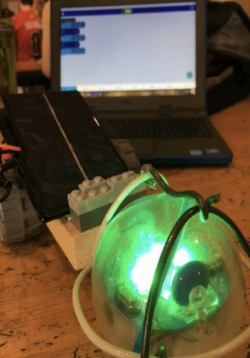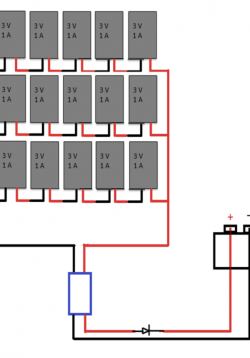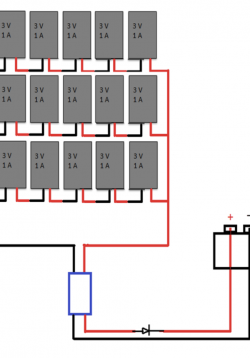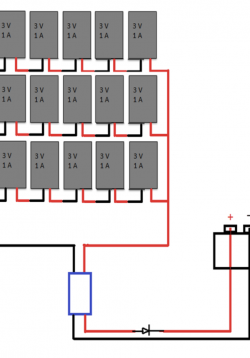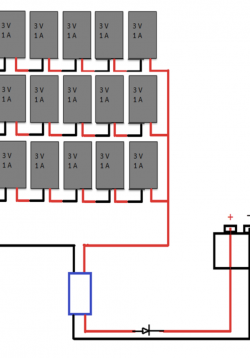Introduction to Drag and Drop Coding Using Scratch
Students go through a series of exercises and projects/challenges to gain familiarity with coding, specifically with drag-and-drop coding. Students will look at Scratch, a free introductory computer programming language, which focuses on creative computing...
Solar SPRK+: Sphero Edu Coding
After working on a few Scratch drag and drop programs, participants will transition to Sphero Edu, a comparable drag and drop program for Lesson 2 to prepare to program a Sphero SPRK+ ball to navigate through a maze.
Solar SPRK: Mars Exploration Debate
Students will research and then debate about the value of Mars exploration through robotic and/or human missions using a debate structure.
Solar SPRK+ Electricity Fundamentals and Photovoltaics
Students work through a number of solar circuit explorations that culminate in a challenge to charge the Sphero SPRK+ devices with solar panels. In this exploration, students will investigate the requirements of various loads, working toward the voltage...
Solar SPRK+: Chariot Engineering Design
Students will work through the engineering design process to build a chariot for their SPRK+ that will carry their solar panels through a maze to a charging station. Students will draft prototypes, test their designs, and make changes to their design based...
Solar SPRK+: Final Challenge and Presentation
In this lesson, students will navigate through a maze using their SPRK+ in order to reach the solar charging station. Students will redesign their chariot in order to meet the needs of this new maze in order to carry their solar panels to the charging...
Replacing Fossil Fuels?
As students begin to look at the role photovoltaics might play within the transportation energy sector, it is important for them to understand why the phasing-out of fossil fuels is such a daunting task. This lesson is designed to help students comprehend...
Background Research on Alternative Transportation Vehicles
Students completing this lesson will already have identified some of the problems inherent in the development of ideas to replace fossil fuels in the transportation sector. Students will now conduct some research to identify some of the pros and cons of...
Can Portable PV Charge Vehicles?
In this lesson, students will begin to explore the potential and challenges related to using photovoltaics to supplement the power needed to charge batteries in BEVs. Students will test a variety of wiring options related to series and parallel wiring....
Designing a Solar Charger
In this lesson, students will further explore the potential and challenges related to using photovoltaics to supplement the power needed to charge batteries in BEVs. Students will be provided with a 12 V lead-acid battery and several 3 V, 1.5 A solar...

